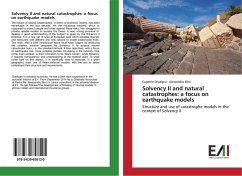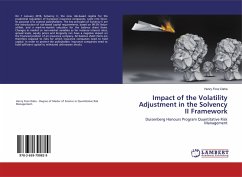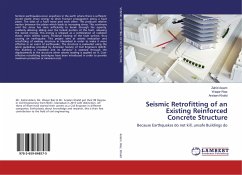The impact of natural catastrophes, in terms of economic losses, has been remarkable in the last decade. Yet the insurance industry, which is supposed to protect people and cities against these risks, has struggled to provide reliable models to assess the threat. A new, strong incentive to develop a good understanding of the subject is given by the Solvency II Directive. It is a new set of rules at European level which provides insurers and reinsurers with different and new options to model catastrophe risks. This work, after a brief introduction about local rules, begins by analyzing the simplest solution proposed by Solvency II to assess natural catastrophe risks, i.e. the standard formula. It then describes, with a focus on earthquake risk, more complex models circulating in the industry. One of the main problem is their inclination to be black boxes , while Solvency II requires transparency and understanding of the method used. To shed some light on this aspect, it is eventually tried to replicate, in a given geographic area, one of these external models, with the aim to better understand their structure and requirements.
Bitte wählen Sie Ihr Anliegen aus.
Rechnungen
Retourenschein anfordern
Bestellstatus
Storno








